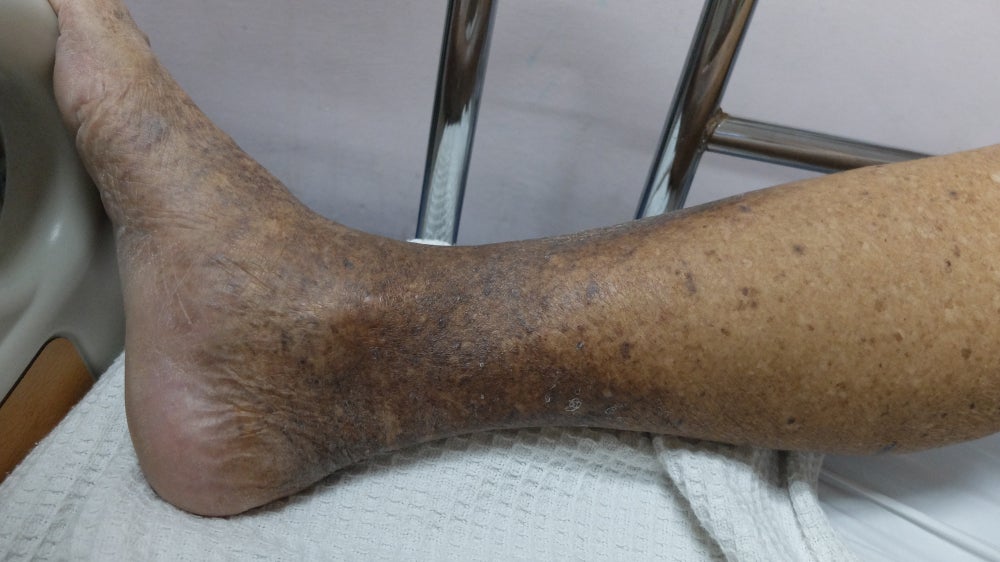
Houston Methodist scientists have developed a nanodevice smaller than a grain of rice to deliver immunotherapy without side effects to treat triple-negative breast cancer.
The device is inserted straight into a tumour, making it possible to deliver a one-time, sustained-release dose that would eliminate the need for patients to undergo several intravenous treatments over a prolonged time.
Invented by Alessandro Grattoni, PhD, chairman of the Department of Nanomedicine at the Houston Methodist Research Institute, this tiny device can deliver the immunotherapy of choice little by little, gradually releasing the drug from its reservoir.
How well do you really know your competitors?
Access the most comprehensive Company Profiles on the market, powered by GlobalData. Save hours of research. Gain competitive edge.

Thank you!
Your download email will arrive shortly
Not ready to buy yet? Download a free sample
We are confident about the unique quality of our Company Profiles. However, we want you to make the most beneficial decision for your business, so we offer a free sample that you can download by submitting the below form
By GlobalData“With this research, we are trying to establish a novel strategy to deliver immunotherapy straight into a tumour instead of delivering it to the whole body of a patient,” Grattoni said.
“And we’re trying to understand whether delivering it this way would actually be more effective and have fewer side effects as compared to conventional immunotherapy, which today is given to the entire body of the patient.”
This would reduce the need for continual clinic visits, which are usually required for treatment with immunotherapies and other cancer treatments.
Alternative methods
The majority of experimental methods under preclinical and clinical trials require multiple injections into a tumour and, in many instances, necessitate repeated invasive procedures to access it.
Additionally, injecting drugs straight into a tumour as a single dose may not provide reliable results, as only part of the drug will be effective, with the rest being rapidly eliminated due to the high-pressure nature of a tumour’s microenvironment. This novel intratumoral sustained-delivery method prevents this from happening.
Breast cancer is traditionally not considered immunogenic, which means it may not respond well to immunotherapy, but triple-negative breast cancer (TNBC) is more immunogenic than other breast cancer subtypes.
Grattoni said “The difference was that the systemic immunotherapy showed significant side effects, while our device delivered the same effective treatment without side effects. We were, in fact, able to completely eliminate side effects, which was very surprising to us.”
Future developments
The next phase of their research, also in mice, will be to use the device in combination with radiation therapy to determine if this approach can improve on the effectiveness currently observed in intravenous delivery.
In addition to the sustained–release system, the nanodevice serves as a fiducial marker to facilitate precise delivery for image-guided radiation. The hope is that in combination with radiation therapy, this device would not only provide an alternative, but also help improve upon current immunotherapeutic approaches.







